The magic ingredients you need in your cupboard
A well-stocked storecupboard is a key part of making the most of your food shop. A few simple ingredients, that have a long shelf-life, will make your cooking so much easier and your food stretch a lot further.
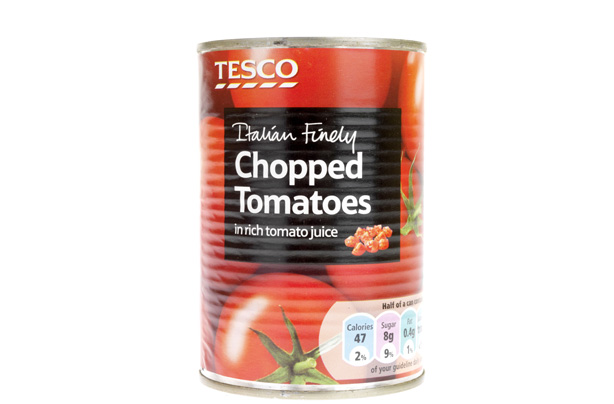
A well-stocked storecupboard is a key part of making the most of your food shop. A few simple ingredients, that have a long shelf-life, will make your cooking so much easier and your food stretch a lot further.
A well-stocked storecupboard is a key part of making the most of your food shop. A few simple ingredients, that have a long shelf-life, will make your cooking so much easier and your food stretch a lot further.
Condiments, oils and vinegars, tins, pulses, these storecupboard essentials will soon become your life-savers as they can turn even the most sparse selection of ingredients into a tasty family meal. They're perfect for using up leftovers too - as long as you've got some rice and pasta in the cupboards, you'll never be short of ideas for that to make.
You'll only have to spend out on these gems once and they'll be in your cupboard for months! Click through our storecupboard essentials to see what to pick up the next time you're in the shops - and what to make with them once you have them!
Chopped tomatoes
What? Chopped tomatoes are the ultimate storecupboard essential. Cheap but oh-so useful - there are so many different ways you could use this handy ingredient.
Cost: under 40p (basics)
How it can be used: Chopped tomatoes are the base for a homemade tomato sauce which can be used for pasta, mince, gnocchi, sausage casserole, risotto and even a curry sauce with the right flavours. You can even use chopped tomatoes to make a speedy soup or salsa dip.
Parenting advice, hot topics, best buys and family finance tips delivered straight to your inbox.
Recipes to try:
Chicken tikka masala with red peppers
Pasta
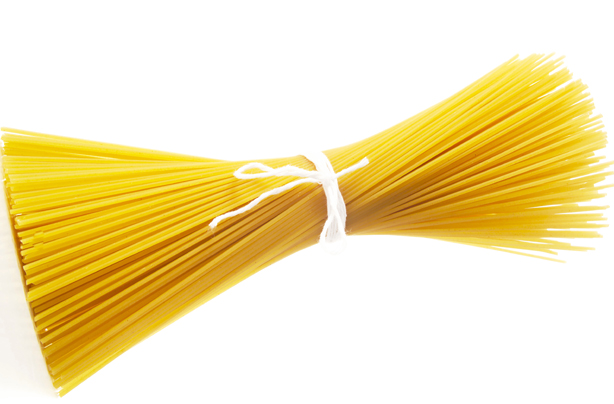
What? The most versatile carb of all time, pasta can be combined with pretty much every savoury ingredient you have in.
Cost: under 40p (basics)
How it can be used: A tomato, cream or cheese sauce will give it more flavour but it can also be made with a simple drizzle of oil and garlic. Pasta also forms the basis of lots of classic meals: lasagne, spaghetti Bolognese and pasta bakes are all hearty family meals that wouldn't be possible without pasta.
Recipes to try:
- Bolognese pasta bake
- Spaghetti carbonara
- Step-by-step beef lasagne
Rice
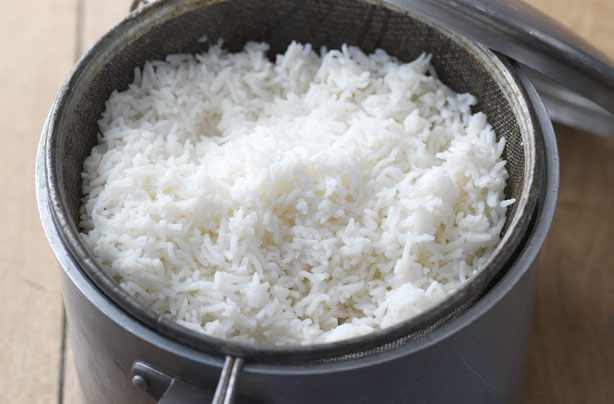
What? Having a bag of rice in the cupboard means you will never run out of meals to make. Rice is a meal in itself and is very handy when you need to use up leftover food.
Cost: under 40p (basics)
How it can be used: Rice is traditionally served as a side to dishes like curry but it can also be the main ingredient in a meal. Risotto can be made with most types of rice and all you need to have in is stock cubes. Pilafs, pepperpots are other dishes you can make with rice - and it's just as tasty fried with a little egg.
Recipes to try:
Olive oil
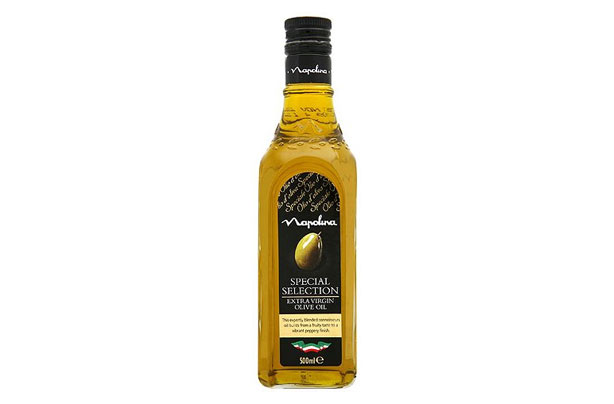
What? Olive oil may be a little expensive to splash out on but a couple of the right types of oil will add so much flavour to your cooking - you also don't need to use much so it will last a long time.
Cost: under £2 How it can be used:
- Olive oil - can be used for marinades, shallow frying and even baking.
- Extra virgin olive oil - is delicious on salad. It's nutty flavour makes a lovely dressing.
- Sesame oil - adds a delicious nutty flavour to your food. It's perfect for Oriental cooking and stir-fries.
Curry paste
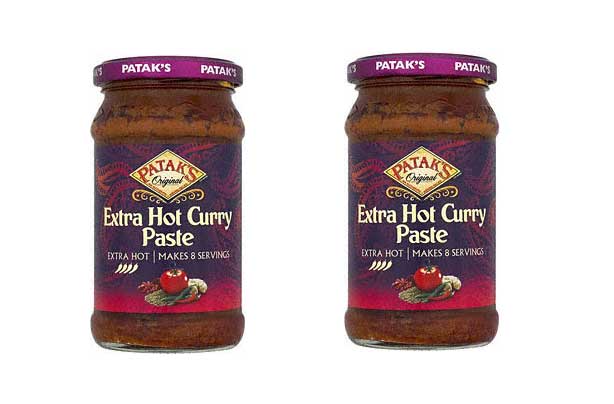
What? Ready made curry sauces are no where near as tasty as homemade but buying all the separate herbs and spices can be really expensive - curry paste is the next best thing. All you need is some chopped tomatoes and some curry paste and you can turn whatever food you have in into a curry!
Cost: under £2
How it can be used: Simply make a tomato or cream-based sauce and add the curry paste - so quick and so tasty! You can get different pastes for different types of curry.
Recipes to try:
- Prawn and chickpea balti
- Thai red chicken curry
- Low-calorie chicken tikka masala
Stock cubes
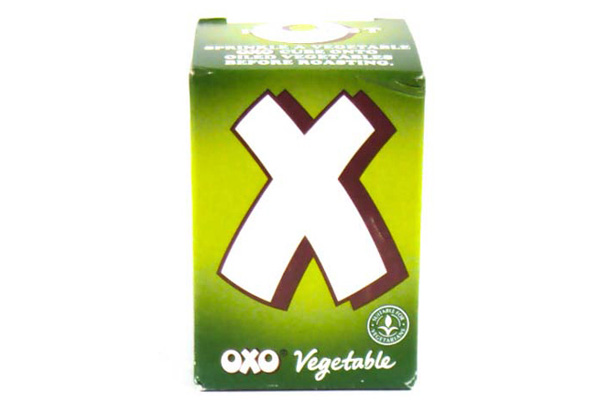
What? Stock can really save a meal. You can get vegetable, beef, chicken, lamb and fish stock as cubes, jelly pots or in ready-made liquid form.
Cost: under £2
How it can be used: Stock can be added to sauces, either made up or just in cubes, to thicken the sauce and give it extra flavour. Stock made up with boling water is the basis for a homemade soup and can be added to rice to make risotto or paella.
Recipes to try:
Tinned tuna
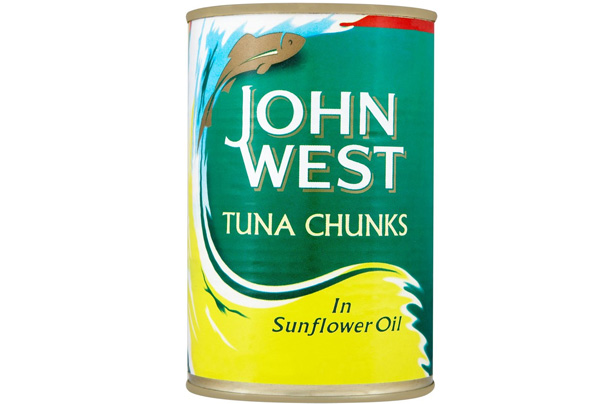
What? Canned fish is always handy to have in the kitchen and you don't have to worry about it going off as quickly as fresh fish. Tuna in brine, sunflower oil or spring water is the most popular tinned fish but mackerel, sardines and anchovies are very useful.
Cost: under 50p
How it can be used: Tinned tuna is most commonly added to pasta with a cheesy/tomato sauce or with sweetcorn and mayonnaise. Tuna can also be combined with potatoes to make fish cakes and adds protein to sandwiches, salads and jacket potatoes.
Recipes to try:
More tuna recipes
Soy sauce
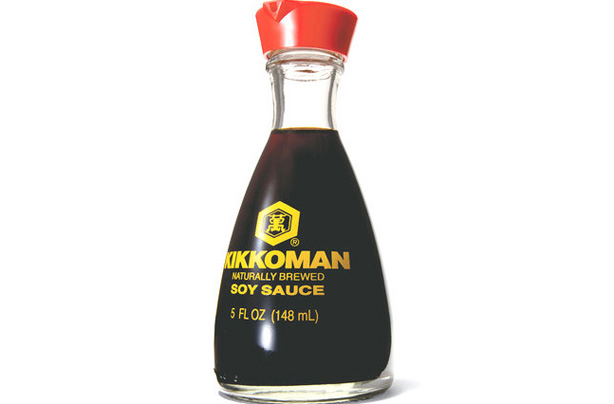
What? A favourite in Oriental cooking, soy sauce is a rich, sticky sauce which gives food a salty twist.
Cost: under £2
How it can be used: Soy sauce is used in most stir-fry and Chinese recipes and is lovely drizzled over noodles or rice for extra flavour or used in a marinade for fish or meats. You can also combine it with rice vinegar to make a tangy dipping sauce for spring rolls and other sides.
Recipes to try:
- Salmon with sticky chilli sauce
- Soy and ginger chicken
- Ginger vegetable stir-fry
Tomato puree
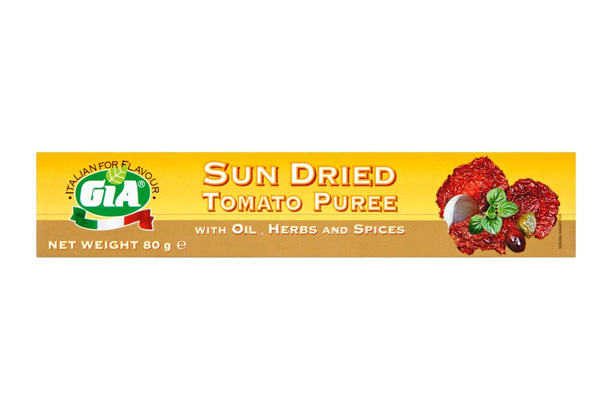
What? A concentrated tomato paste, normally found in a tube or jar near the sauces in the supermarket.
Cost: under 50p
How it can be used: Tomato puree can be used to give a weak sauce extra flavour. Use it in casseroles, pasta sauces and Bolognese to give it the taste of fresh tomatoes - even if you've only used tinned. You can also use it as a speedy pizza topping if you're in a rush/low on food.
Recipes to try:
Couscous
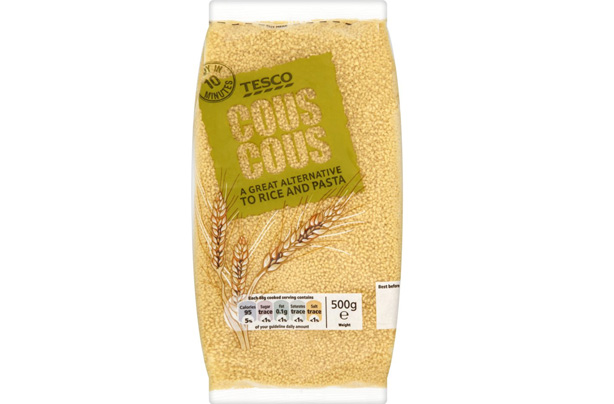
What? Not as popular as rice or pasta, couscous is just as useful as a speedy side. The grain can be kept in the cupboard for as long as it's carb rivals and be used in just as many dishes.
Cost: under £1
How it can be used: Couscous is so easy to make. All you need to do is soak it in hot water or stock for 5 mins, wait for it to absorb all the water and stir. You can add herbs, tomatoes and veggies to it with a little sauce or dressing to turn it into a meal or serve it on the side of a casserole or tagine.
Recipes to try:
- Moroccan lamb couscous with orange and olives
- Couscous, chickpea and salmon salad
- Couscous with sausages
More couscous recipes
Coconut milk
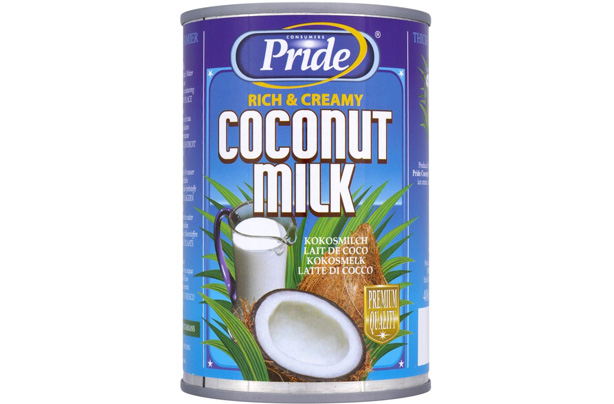
What? Break open a coconut and you will find a super-sweet light milk. Now we don't often come across coconuts in the supermarket so tinned coconut milk is the next best thing - and it keeps for ages in your cupboard!
Cost: under £1
How it can be used: Coconut milk is the basis of Thai curries and just needs to be teamed with a paste to make a speedy curry sauce. You can also combine it with chicken or prawns for a light and subtle sauce or soup or add to your baking or desserts for a creamy, sweet finish.
Recipes to try:
- Thai coconut beef
- Chicken in coconut milk broth
- Coconut prawns
Kidney beans
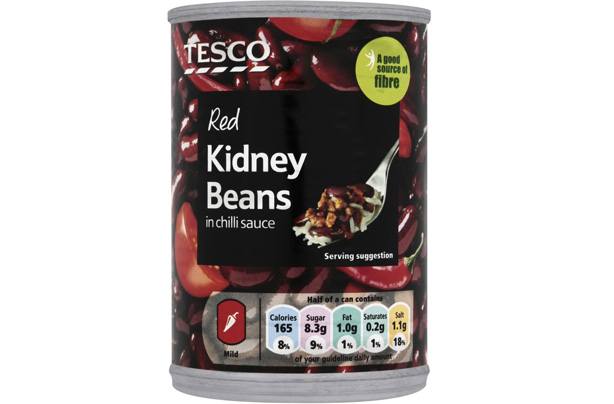
What? Kidney beans are reddish pulses with a creamy texture. Other beans like broad or cannellini are also handy to have in and can bulk up lots of different meals.
Cost: under 50p
How it can be used: Kidney beans are most commonly added to mince to turn it into a chilli con carne (with extra spices). You can also add them to Mexican dishes like fajitas or nachos or blend them down to make a tasty dip.
Recipes to try:
- Chilli con carne
- Jamaican rice and beans with jerk chicken
- Tex-mex chilli with bean salsa
Lemon juice
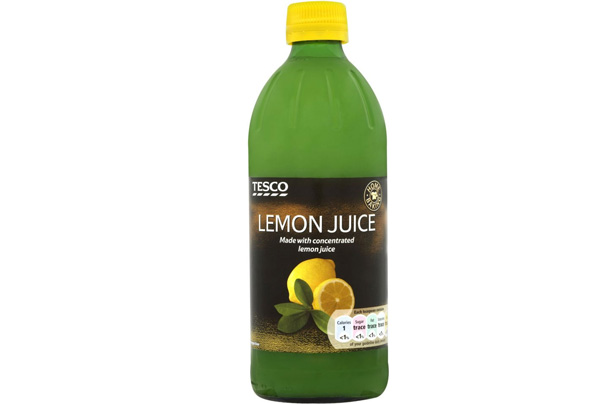
What? Rather than buying fresh lemons every time you need one - keep a bottle of lemon juice in your cupboard. Some recipes may require the zest of the lemon but for when you just need the juice, it's much cheaper to buy it bottled.
Cost: under 50p
How it can be used: Lemon juice can be used as the base of a salad dressing or, when combined with oil and garlic, as a light pasta sauce. You can also flavour meats, fish and veg with lemon juice - and that's just savoury! Lemon juice can be used in lots of sweet dishes too including cakes, desserts and breakfasts.
Recipes to try:
- Crab, lemon and chilli spaghetti
- Lemon and basil roasted sea bass
- Phil Vickery's lemon posset
Herbs and spices
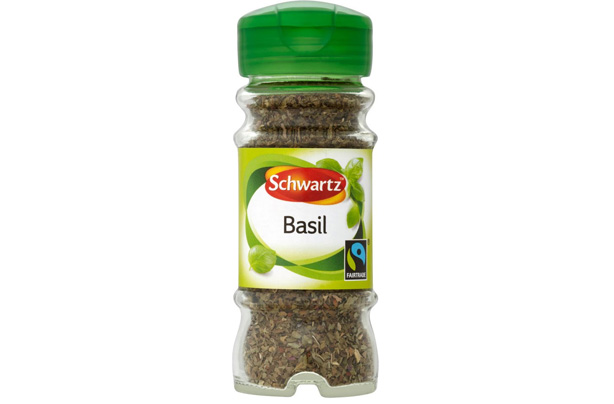
What? Fresh herbs may have a more powerful flavour but they have a short shelf-life and can be quite expensive. Having your cupboard filled with a variety of herbs and spices will make your cooking so much tastier. It takes a while, and a little money, to amass the collection but once you have them, they'll last for ages.
Cost: under 50p
How it can be used: Pretty much most savoury dishes call for a little herbs and spices - they bring extra flavour to sauces, meat, salads and spices, like cinnamon, can even be used in baking.
Vinegar
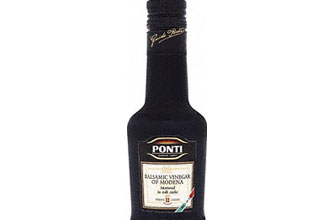
What? Balsamic, white wine, red wine, cider and rice vinegar are all excellent ways of adding quick flavours to a dish.
Cost: under £1
How it can be used:
- Balsamic vinegar - can be used to add flavour to sauces and gives food a deep richness. It also makes a lovely glaze for meats or a dip for chunks of warm bread. Try it with strawberries - it really works!
- White/red wine vinegar - adds a more subtle flavour to sauces and is a lovely used in a homemade salad dressing.
- Cider vinegar - adds a sweet twist to meats and is lovely in a light casserole-style sauce with chicken or pork.
- Rice vinegar - is used in a lot of Chinese and Japanese recipes and adds a light acidic flavour to sauces.
Trusted, informative, and empathetic – GoodToKnow is the ultimate online destination for parents. At GoodtoKnow, our mission is 'simple': we're trying to make sense of parenthood. On the site, you'll find everything you need for a happy, healthy family life. Our huge archive of content includes more than 18,000 articles and 1,500 how-to videos. These include expert-backed advice features on parenting, dealing with relationship changes after having a baby, self-care for mums and managing your family finances. We also feature tried-and-tested product reviews and buying recommendations for every stage of family life - from prams and Moses baskets to birthday gifts and top toys.